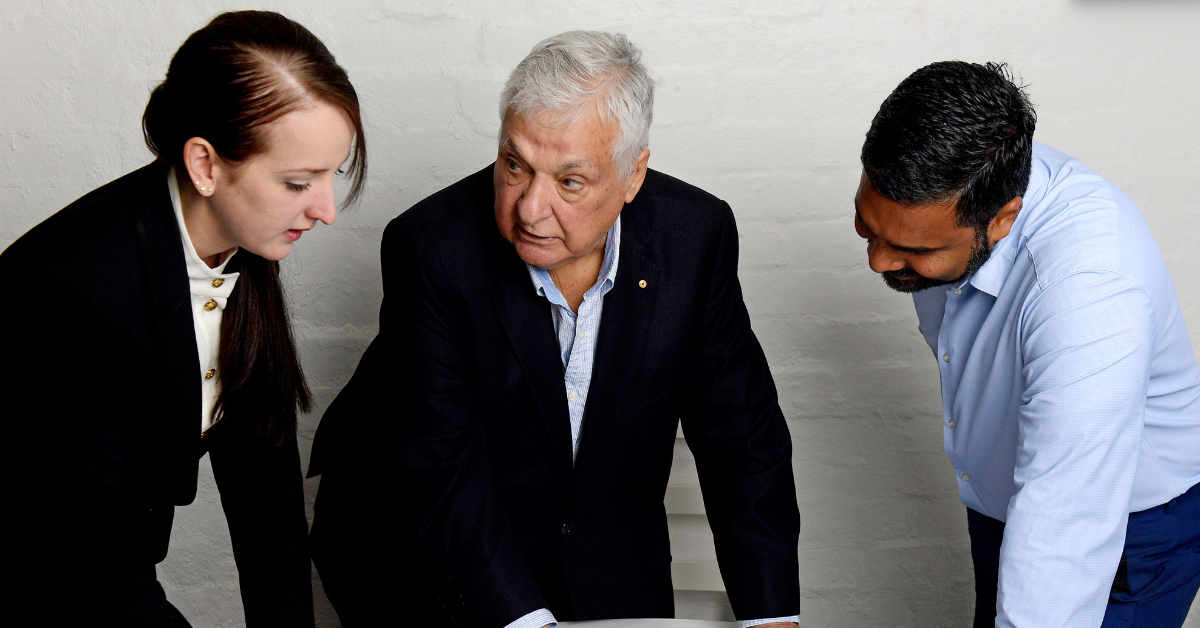Growing infrastructure, evolving demands
With urban growth comes the need to expand and update road infrastructure—and the systems that operate it. As road infrastructure increases in scale and complexity, so too does the complexity of the control rooms that keep it running.
WestConnex, which at the time, was Australia’s largest road infrastructure project, is a 33km network of tunnels and motorways connecting Sydney’s west and southwest to the airport located in the inner-city suburb of Mascot. At the heart of its operations is the new Motorway Control Centre (MCC) at nearby St Peters. The MCC is responsible for:
- Routine traffic monitoring
- Communication
- Accident and breakdown management
- Maintenance support
- Road systems management (e.g., tunnel ventilation)
With such a critical role, the MCC must be designed not only for technical capability but also for sustained human performance.
The Challenge
Transurban engaged Dohrmann Consulting to conduct an ergonomics assessment of the newly operating MCC, with the aim of ensuring the environment evolved to meet both growing infrastructure demands and the needs of its people.
The Assessment
Our scope of work focused on how ergonomics principles could focus on safety, usability, and operator wellbeing. Key areas included:
- Workstations and equipment – layout, adjustability, screens, input devices, and seating
- Consoles and sightlines – design compliance, visibility, and access to shared displays
- Other work areas – benches, amenities, and adjacent spaces
- Environmental factors – lighting, glare, reflections, temperature, and noise
- Storage and accessibility – adequacy and ease of access
- Tasks and workload – fatigue, attention demands, and daily operations
- Operational context – shift work, day/night conditions, and wider organisational influences

Our Approach
Dohrmann Consulting undertook a thorough, independent ergonomics review of the MCC:
- Conducting two site inspections to measure workstations, light and sound levels, and observe operator practices
- Reviewing documentation
- Engaging in informal discussions with control room operators
All findings were assessed against current Australian and international ergonomics standards, as well as industry best practice.
The Outcome
Led by human performance expert Dr Simon Rosalie, our review delivered practical recommendations across three domains:
- Physical ergonomics – furniture, workstation design, posture, and equipment layout
- Cognitive ergonomics – task demands, workload, information flow, and operator attention
- Organisational ergonomics – shift work, team communication, and operational processes
A follow-up reassessment allowed us to refine our advice further, ensuring the final report addressed improvements and longer-term considerations.
Insights
This case study illustrates how infrastructure must evolve in step with human factors. As control centres expand in scale and complexity, the guiding principle remains the same: design must prioritise human interaction with the environment.
If you’re facing a safety or design challenge and would like expert guidance from our team, please complete the form below
We’d be happy to discuss your project.







